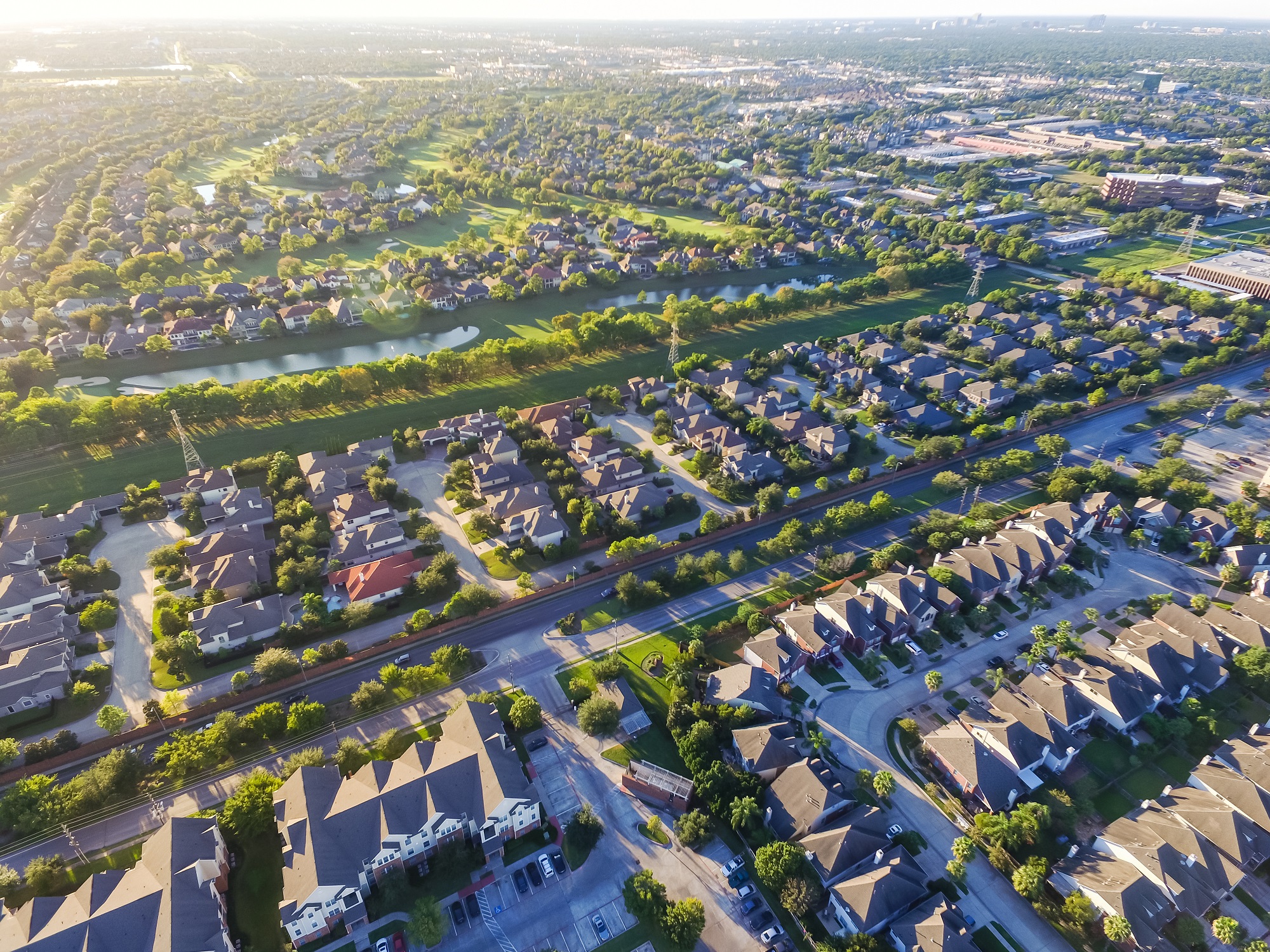Changing Behavior Amidst a Changing Regulatory Landscape
Let's Save Energy
Alliance to Save Energy's Blog
Changing Behavior Amidst a Changing Regulatory Landscape

If you’ve been reading the news lately, you’ve probably noticed that school districts and universities are jumping on the energy efficiency bandwagon, taking advantage of rebates and incentives offered by local utilities to upgrade their facilities and lower their energy costs. So what’s the fuss about?
Energy use in educational facilities
Reports from the Energy Information Agency have shown that educational facilities, offices and retail spaces represent about half of commercial sector energy consumption. Within these buildings, space heating, lighting and cooling are the biggest energy users, adding to the already high operations and maintenance costs faced by school districts and universities. To make matters worse, the U.S. EPA estimates that over 25% of the energy used at schools is wasted. Just as there is no single reason behind waste, there is no single avenue to lowering energy use at educational facilities.
How does behavior-change fit in?
The changing regulatory landscape and recent economic upturn has resulted in significant amounts of money being invested in school upgrades, often through state incentives. However, while building retrofits focus on modernizing school infrastructure, they fail to take into account the importance of engaging building occupants — in this case, students, staff and building operators. Given that U.S schools spend an estimated $6-8 billion on energy bills each year, no-cost behavior change is an attractive pathway to reducing energy demand. Simple actions such as turning off lights, optimizing temperature set-points, closing doors and windows, activating sleep modes on computers and turning off computer monitors when not in use can save schools an additional 5-15% on their energy bills.
Education and the Alliance
The Alliance to Save Energy is currently in its 10th year of implementing the PowerSave Campus program and its 18th year of implementing the PowerSave Schools program, providing schools and campuses respectively with the energy efficiency education and training necessary to change the way our future leaders use and think about energy. PowerSave Campus and PowerSave Schools programs have worked with 27 campuses since 2004 and over 1,000 k-12 schools since 1996. Both programs incorporate in-person support, frequent feedback, rewards and public commitments. In the last 6 years alone, PowerSave Schools has worked with 563 schools and saved over 40,000 mWh, resulting in $5.7 million in avoided energy costs. Participants in the program have also received national recognition for their energy reduction efforts — the North Penn School District was awarded the Energy Star Partner of the Year in 2013. Also in 2013, the PowerSave Campus program saved 3,826,384 kWh and almost half of a million dollars on 16 campuses, 40% of which was through behavior change projects alone.
By combining structural retrofits with building occupancy and behavior change education, we can greatly reduce our energy waste and keep money that would have typically gone to utility bills, in the schools. Investment in energy efficiency is steadily growing throughout our nation’s schools and behavior change programs will help ensure that this trend persists.
RECENT BLOG POSTS
STAY EMPOWERED
Help the Alliance advocate for policies to use energy more efficiently – supporting job creation, reduced emissions, and lower costs. Contact your member of Congress.
Energy efficiency is smart, nonpartisan, and practical. So are we. Our strength comes from an unparalleled group of Alliance Associates working collaboratively under the Alliance umbrella to pave the way for energy efficiency gains.
The power of efficiency is in your hands. Supporting the Alliance means supporting a vision for using energy more productively to achieve economic growth, a cleaner environment, and greater energy security, affordability, and reliability.



